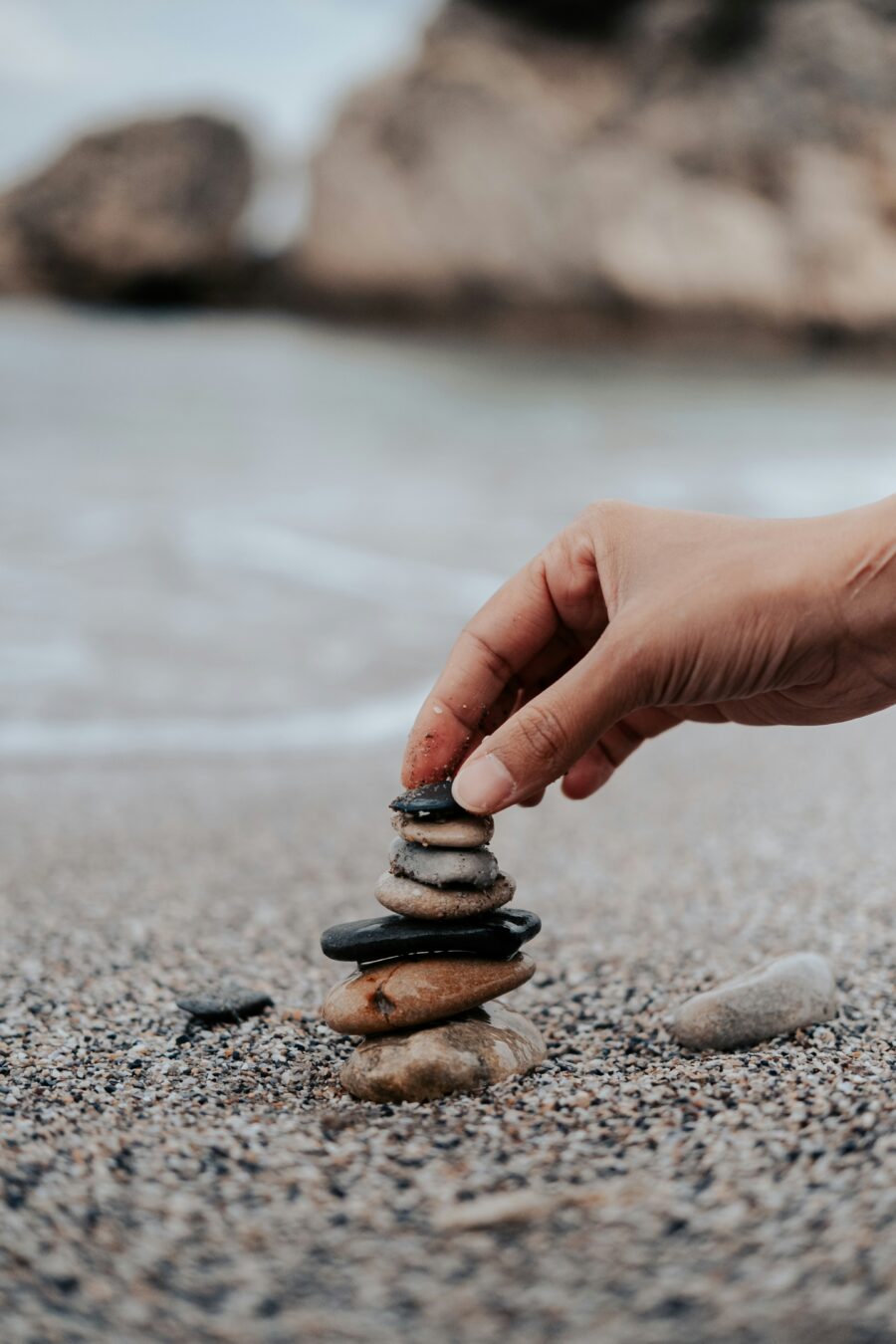How to Use Grounding Practices to Manage Anxiety and Stay in the Moment
Anxiety Can Pull You Away From the Present Moment
Your mind races with worry about the future. You replay past mistakes or think about worst-case scenarios. Anxiety disconnects you from reality, making it hard to focus, breathe, or feel at ease. When your thoughts feel too
Why Grounding Practices Work
Grounding techniques stop anxious thoughts by shifting your focus. They bring your attention back to your body and surroundings. Grounding engages your senses. It brings stability and calms your nervous system. This ease helps reduce overwhelming worry.
Grounding is always there for you. It helps during stressful meetings, when racing thoughts keep you awake, or when panic hits in public. These techniques bring you back to the here and now, helping you navigate anxiety with more ease.
Simple and Effective Grounding Techniques
If you have anxiety, try these grounding techniques. They can help you feel more connected to the present and calm your nerves:
1. The 5-4-3-2-1 Method
This exercise helps you shift focus from your thoughts to your surroundings.
-
5 things you can see (a plant, a book, your hands, a picture on the wall, the sky)
-
4 things you can touch (your clothing, the ground, a soft blanket, your hair)
-
3 things you can hear (birds chirping, a fan running, distant voices)
-
2 things you can smell (a candle, fresh air, your shampoo)
-
1 thing you can taste (gum, coffee, a sip of water)
By naming these sensations, you shift focus away from anxiety and into the present moment.
2. Deep Breathing and Box Breathing
When anxiety takes over, your breathing often becomes shallow and rapid, fueling panic. Intentional breathing slows the heart rate and signals the brain to relax. Try box breathing:
-
Inhale for 4 seconds
-
Hold for 4 seconds
-
Exhale for 4 seconds
-
Hold for 4 seconds
Repeat several times until you feel a sense of calm settling in.
3. Grounding Through Physical Movement
Moving your body can help break anxious thoughts. It brings you back to the present moment. Try:
-
Walking barefoot and focusing on the texture of the floor or grass
-
Stretching slowly, paying attention to each movement
-
Shaking out your arms and legs to release built-up tension
Engaging in even small movements can break the cycle of anxiety and bring you back into balance.
4. Holding Onto an Anchor Object
Keeping a grounding object nearby can serve as a tangible reminder to stay present. This could be:
-
A smooth stone you keep in your pocket
-
A piece of jewelry with sentimental value
-
A stress ball or fidget toy
When anxiety increases, holding or rubbing an object can bring comfort. It helps you focus on something else.
5. Guided Visualization and Imagery
Imagining a peaceful setting can soothe the nervous system and reduce stress. Close your eyes and picture a safe, calming place—a quiet beach, a warm forest, or a cozy room. Engage all your senses: What do you hear? What does the air smell like? How does it feel to be there?
Visualization takes your mind from anxiety to a calm place.
Using Grounding Practices in Everyday Life
Grounding isn’t just for moments of extreme anxiety—it’s a tool you can integrate into your daily routine. Practice grounding techniques when:
-
You wake up feeling stressed
-
You feel overwhelmed at work
-
You struggle with social anxiety in public spaces
-
You need help winding down before bed
Making grounding a regular habit helps you manage anxiety before it gets worse.
Regain Control and Find Peace in the Present
Anxiety doesn’t have to dictate your life. Grounding practices help you shift from feeling overwhelmed to feeling calm and in control. Practice these techniques often. This way, they will feel natural when you need them.
Start today. Take a deep breath, plant your feet firmly on the ground, and come back to this moment. You are safe. You are here. And you have the power to find peace.

